Pragmeme of Commitment and Cohesion: A Pragmatic Analysis of the Nigerian National Pledge and Revised Anthem
DOI:
https://doi.org/10.5281/zenodo.17272187Keywords:
Pragmatic Act Theory, National Pledge, Nigerian Anthem, Pragmeme, Commitment, Cohesion, Nation-BuildingAbstract
This study examines the Nigerian National Pledge and the revived 1960 National Anthem, Nigeria, We Hail Thee, through Mey’s Pragmatic Act Theory (PAT). PAT explains how language functions as a socially and contextually bound activity, where meaning emerges from the interplay of linguistic choices, participant roles, socio-cultural norms, and situational factors. Within this framework, the pledge and anthem are treated as institutionalised pragmatic acts whose illocutionary force is reinforced by their performance in ceremonial and official settings. Using qualitative textual analysis, the study identifies the speech act types in each text and maps them to associated pragmemes. The pledge predominantly uses commissives and expressives to establish personal moral responsibility and civic duty, while the anthem integrates declaratives, commissives, and directives to promote collective unity and moral governance. The analysis reveals that the Nigerian National Pledge and Anthem function as performative acts that foreground commitment and cohesion, balancing individual responsibility with collective national identity to reinforce nation-building. The research contributes to scholarship by linking PAT to the socio-political functions of national symbols, arguing that these texts are not static recitations but dynamic speech events that continually negotiate and reaffirm the moral and ideological boundaries of the Nigerian nation. The findings have implications for civic education and cultural policy, particularly in multiethnic and multilingual societies that seek unity through symbolic acts.
Downloads
Downloads
Published
Issue
Section
License
Copyright (c) 2025 Journal of Education, Communication, and Digital Humanities

This work is licensed under a Creative Commons Attribution 4.0 International License.





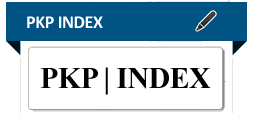
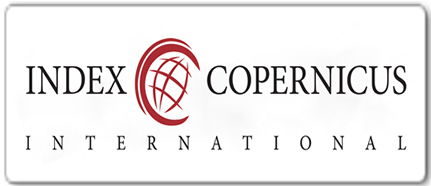

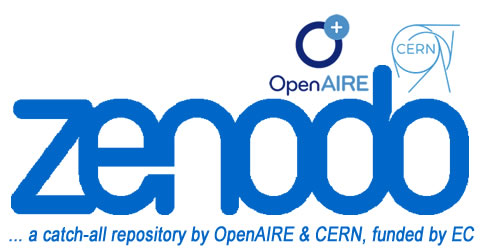


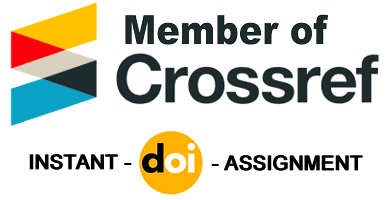
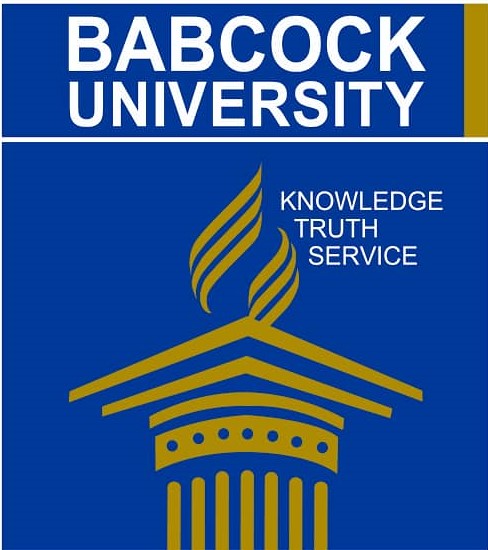
 =======================================================================================================================================
=======================================================================================================================================